Silicon Valley: The Rise of the World’s Tech Capital
Silicon Valley is synonymous with innovation, entrepreneurship, and technological breakthroughs. Home to some of the biggest companies in the world—Apple, Google, Meta, Tesla, and many more—it has shaped the way we work, communicate, and interact with technology. But Silicon Valley wasn’t always a global tech hub. Its journey from a quiet region in California to the epicenter of the digital revolution is a story of vision, risk-taking, and relentless innovation.
Humble Beginnings
Before Silicon Valley became the headquarters of global technology, it was known for something completely different—fruit orchards and farmland. In the early 20th century, this region of Northern California was largely agricultural, with small communities and little industry. The transformation began in 1939, when two Stanford graduates, Bill Hewlett and Dave Packard, started a small electronics company in a garage in Palo Alto. This humble beginning gave rise to what is now Hewlett-Packard (HP), one of the first major tech companies in the area.
Stanford University played a key role in Silicon Valley’s rise. The university encouraged research and entrepreneurship, leading to partnerships between academics and industry leaders. Frederick Terman, a professor at Stanford, was instrumental in fostering this culture, mentoring young engineers and promoting tech startups as an alternative to traditional corporate jobs.
The Semiconductor Boom
The name Silicon Valley comes from its association with semiconductors, the building blocks of modern electronics. The first major breakthrough came in 1956, when William Shockley, one of the inventors of the transistor, set up Shockley Semiconductor Laboratory in Mountain View. Though his company failed due to poor management, it led to something even bigger—The Traitorous Eight.
A group of engineers left Shockley’s company and founded Fairchild Semiconductor, which pioneered integrated circuits. This development revolutionized computing, making electronic devices smaller, faster, and more efficient. Soon, many engineers from Fairchild left to start their own companies, leading to a chain reaction of innovation. Among them was Intel, founded in 1968 by Gordon Moore and Robert Noyce, which became the world’s leading microprocessor company.
The Rise of Personal Computers
The 1970s and 1980s marked the beginning of the personal computer revolution, and Silicon Valley was at the heart of it. In 1976, two young entrepreneurs, Steve Jobs and Steve Wozniak, started Apple Computers from a garage in Cupertino. Their vision was simple but groundbreaking—to make computers accessible to everyday people. The launch of the Apple II in 1977 and the Macintosh in 1984 changed the face of computing forever.
Meanwhile, in the late 1970s, a small software company called Microsoft was emerging, supplying operating systems for early personal computers. By the mid-1980s, the competition between Apple and Microsoft, along with companies like IBM and Xerox, turned Silicon Valley into the global hub of computing innovation.
The Internet Boom and Dot-Com Era
As computers became more powerful, the next revolution was in connectivity. The 1990s saw the rise of the internet, and Silicon Valley once again led the charge. Companies like Netscape, Yahoo!, and Google emerged, redefining how people accessed and shared information.
The late 1990s saw an explosion of internet-based companies, leading to the dot-com boom. Investors poured billions into tech startups, believing they would transform industries overnight. While many of these companies collapsed in the dot-com crash of 2000, a few survived and grew into tech giants—Google, Amazon, and eBay among them.
The Social Media and Mobile Revolution
The 2000s and 2010s saw another major shift—the rise of social media and mobile technology. Facebook, founded in 2004 by Mark Zuckerberg, changed how people interacted online, leading to the social media revolution. Twitter, LinkedIn, and Instagram soon followed, all of them headquartered in Silicon Valley.
At the same time, Apple revolutionized the smartphone industry with the launch of the iPhone in 2007. This shift toward mobile computing created a whole new ecosystem of apps and services, leading to the rise of companies like Uber, Airbnb, and WhatsApp.
Silicon Valley Today
Today, Silicon Valley is more than just a tech hub—it is shaping the future of humanity. The region is leading the charge in artificial intelligence (AI), self-driving cars, electric vehicles, and space exploration.
Companies like Tesla have transformed the auto industry with electric vehicles and autonomous driving technology. Meanwhile, AI startups and research labs, including OpenAI, DeepMind, and Google Brain, are pushing the boundaries of machine learning. SpaceX, founded by Elon Musk, is redefining space travel, aiming to take humans to Mars.
Challenges and the Future of Silicon Valley
Despite its success, Silicon Valley faces challenges. Rising costs, housing shortages, and competition from other tech hubs worldwide are forcing some companies to expand beyond the Bay Area. Cities like Austin, Seattle, and Bangalore are emerging as strong tech competitors.
Additionally, concerns about data privacy, monopolies, and ethical AI development are increasing. Governments and regulatory bodies are keeping a close watch on tech giants, raising questions about the future of Big Tech.
Yet, one thing is certain—Silicon Valley’s culture of innovation is not slowing down. The next wave of technology, from quantum computing to brain-computer interfaces, is already being developed in the region.
Conclusion
Silicon Valley’s journey from orchards to tech dominance is a story of visionaries, risk-takers, and groundbreaking ideas. From the invention of semiconductors to the rise of AI, every major technological revolution has passed through this region.
While challenges remain, the Valley’s spirit of innovation, startup culture, and world-class talent pool ensure that it will remain at the forefront of technology for years to come. The next chapter in Silicon Valley’s history is still being written, and if the past is any indication, the future will be nothing short of extraordinary.

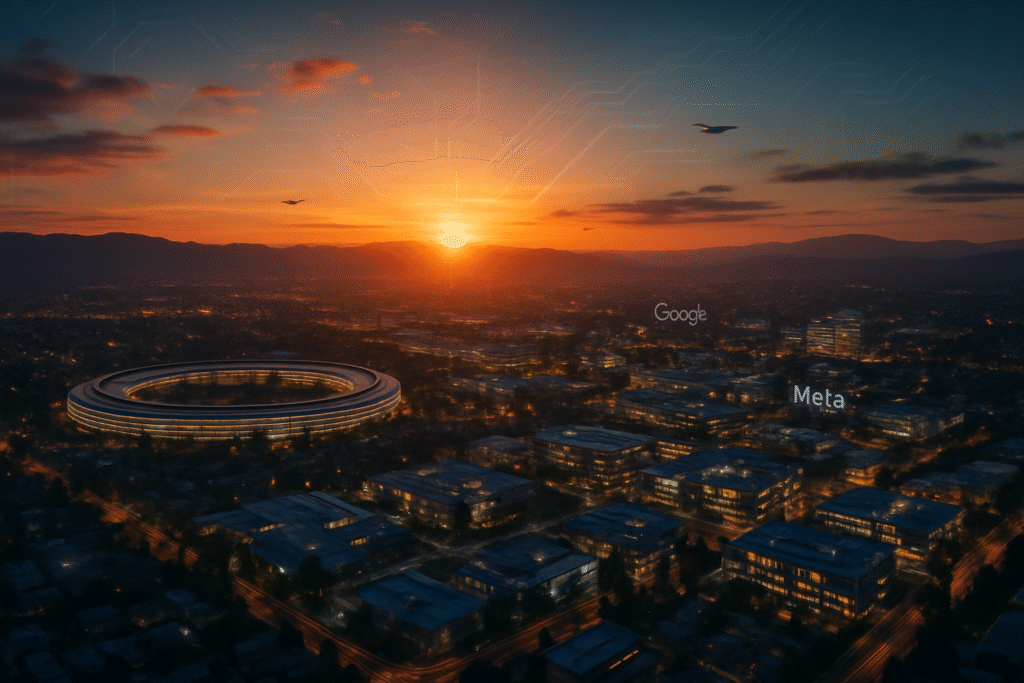
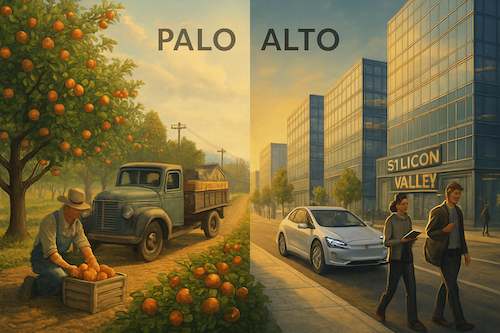

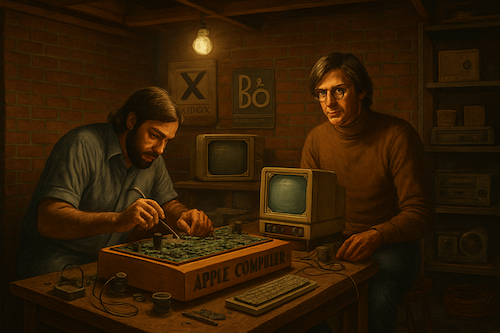
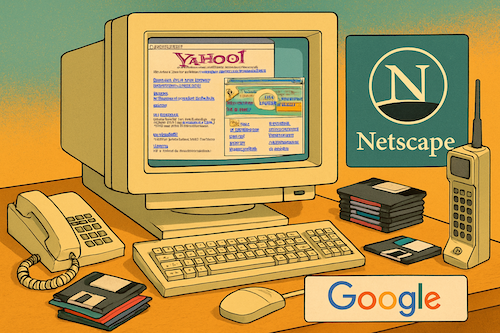
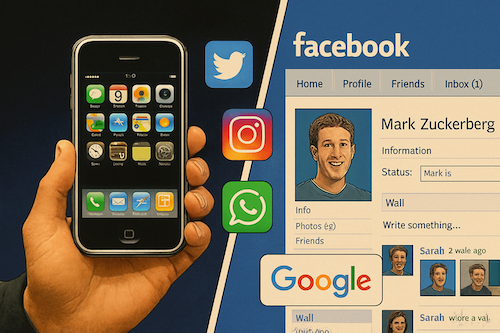
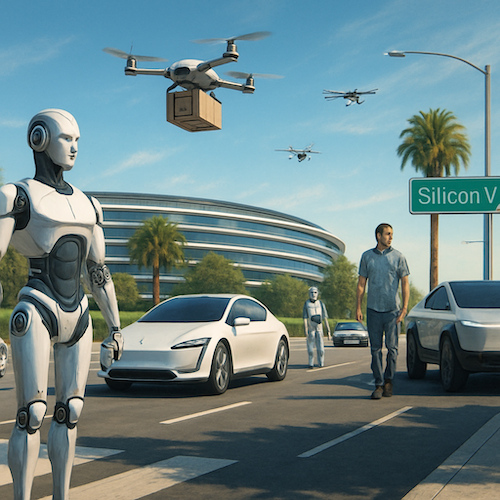
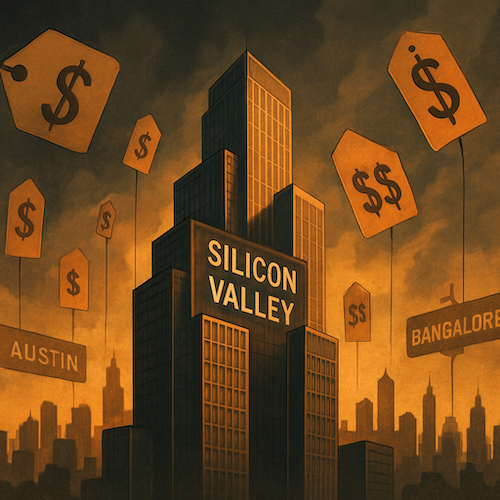
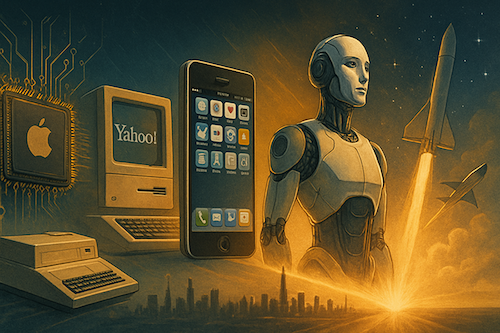

Leave a Reply
Want to join the discussion?Feel free to contribute!